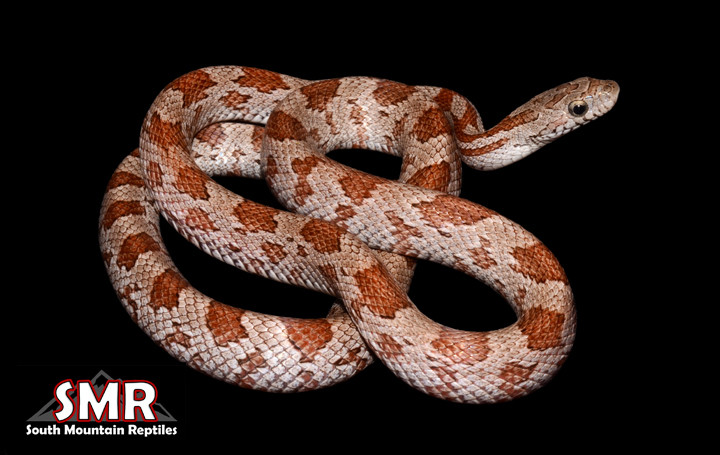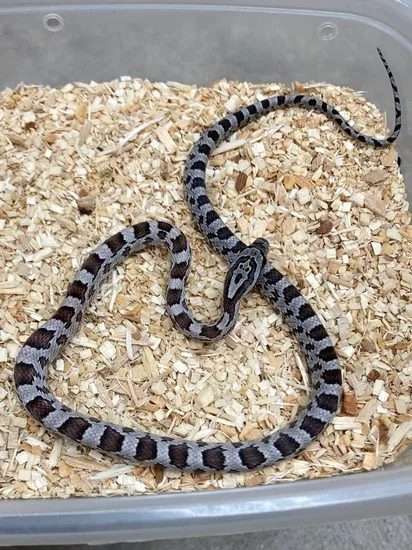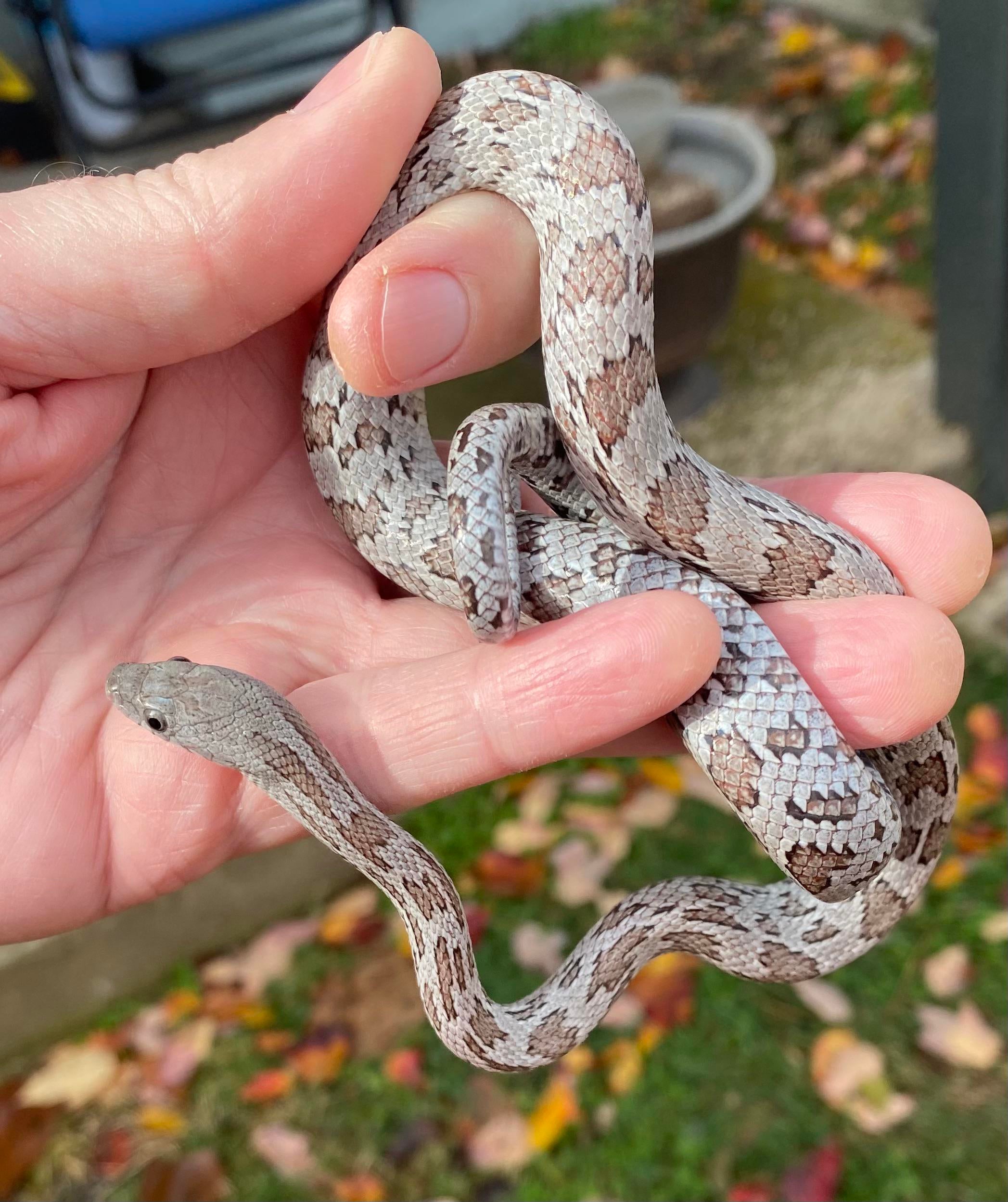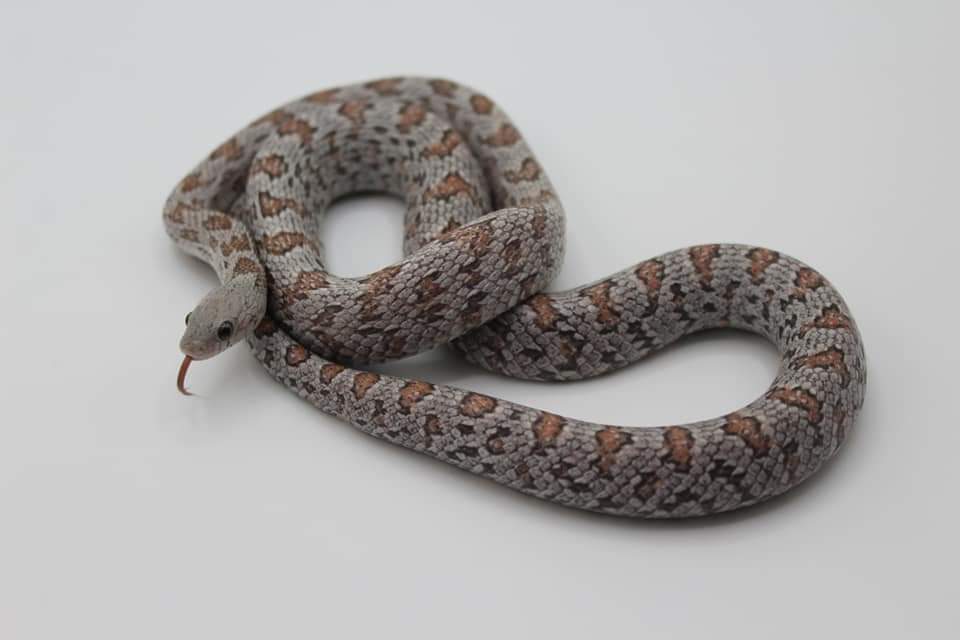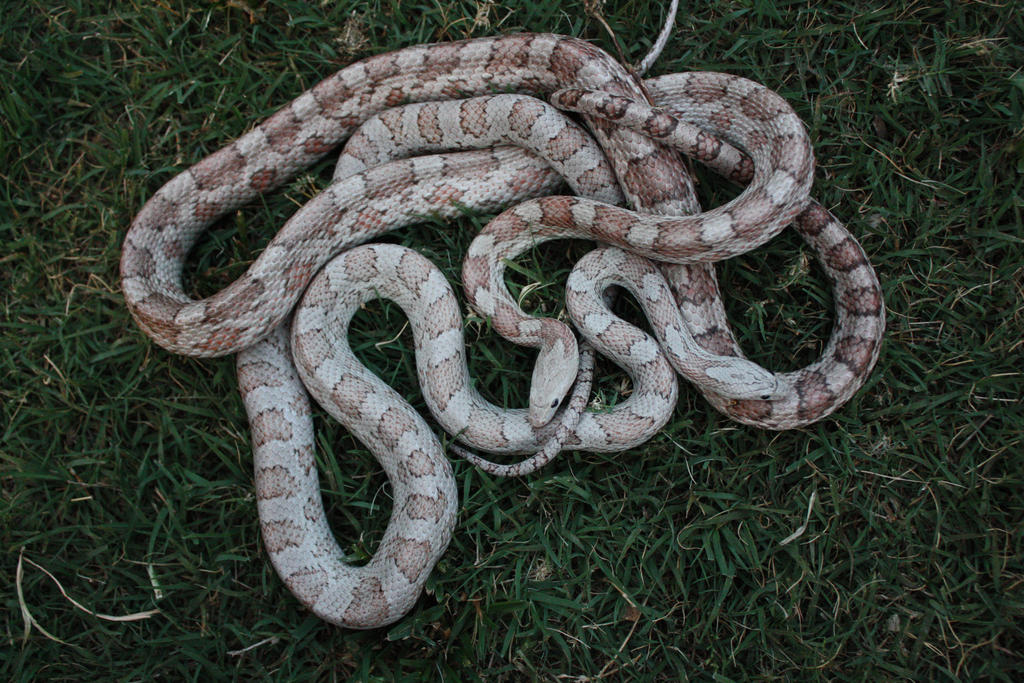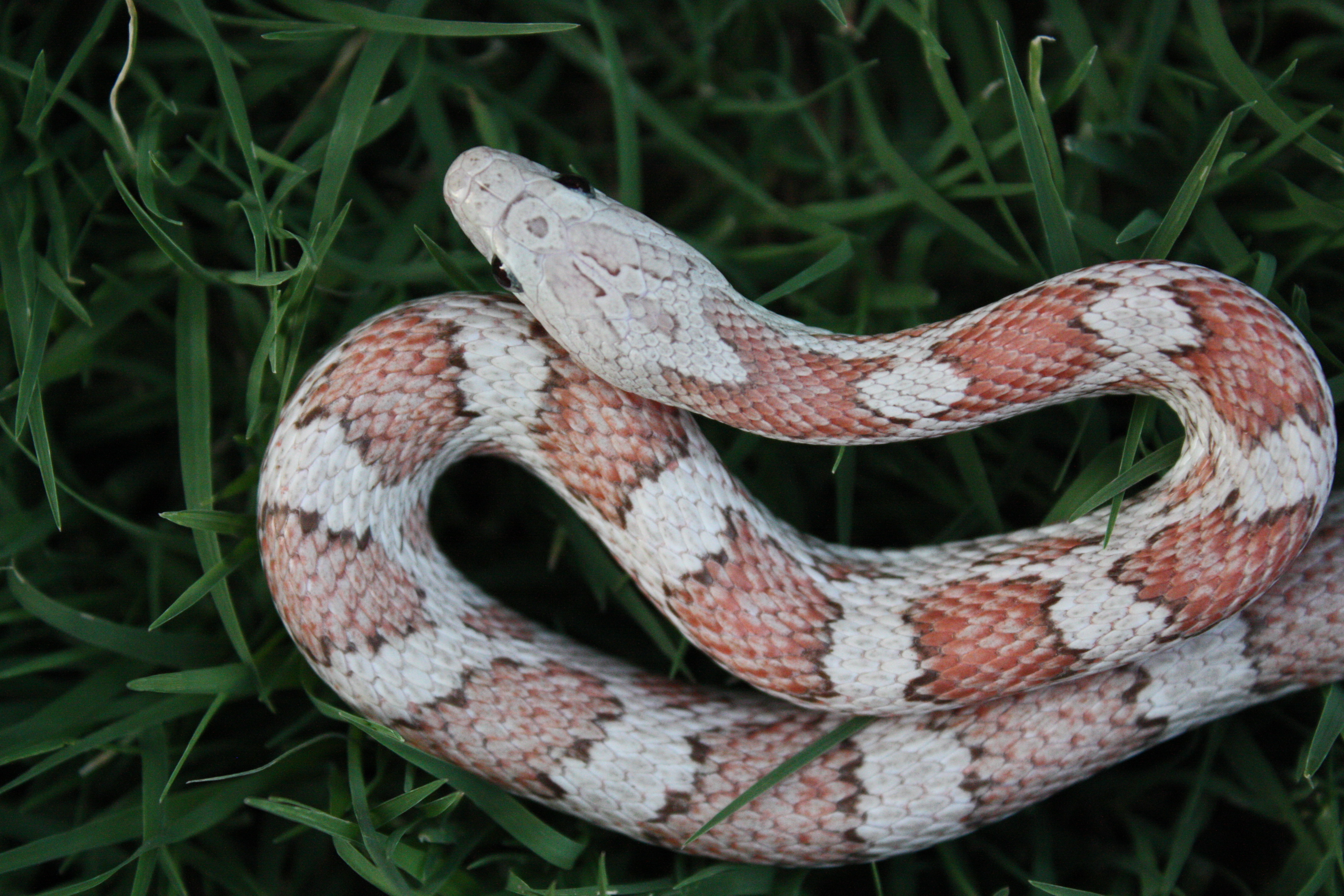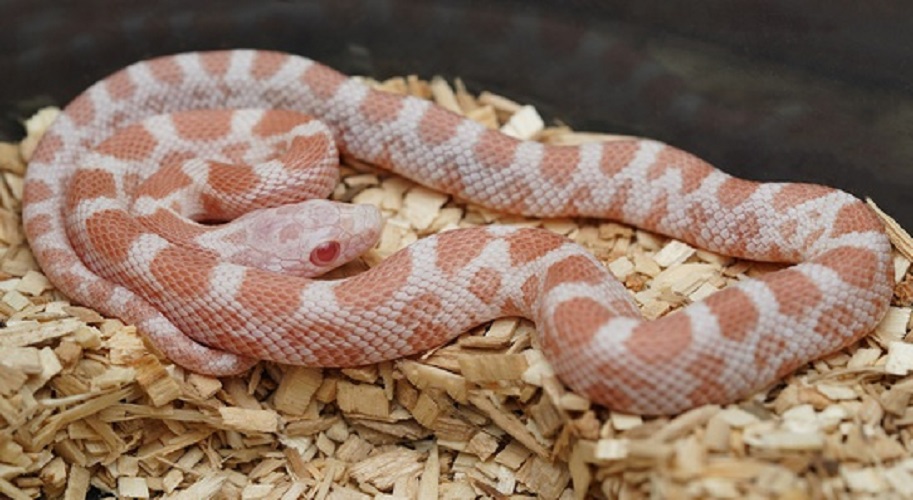Cinder
Type: Recessive
First Produced By: Rich Zuchowski
Aliases: Ashy, Anery C, Morph Z
Issues: Sex Linked (suspected)
First Produced In: 2000s
Availability: Higher
Last Updated: 2022-07-04
Do you have any suggestions or corrections for this article?
Click here to contribute feedback
About
Cinder is a recessive mutation founded by Rich Zuchowski in the early 2000s.
Issues
It is highly likely that cinder is a sex-linked trait. When cinder was just gaining popularity, people found that hatching female homozygous cinders was very rare. Once homozygous female cinders made their way into the hobby, producing more of them became less of an issue, but starting a cinder-based breeding project with only a het cinder female will likely yield no homozygous female cinder offspring.
History
Cinder corns trace their ancestry back to Keys corn snakes. Rich Zuchowski purchased a Keys corn and through line breeding, discovered a new morph.
Appearance
Head
The head of cinder corns often ends up being a more faded gray than the body at maturity. They often (but not always) have a reduced head pattern, similar to masque. The overall color of the head will generally be a pale gray background color with darker gray, brownish, or reddish patterning that usually fades a little bit each shed, with some examples ending up with an entirely solid pale gray head. The eyes are typically silvery, slate gray, charcoal, blue, or even nearly black, with a black pupil.
Body
The body of a cinder corn typically consists of a pale gray background color with darker gray, reddish, or brownish saddles. They can gain color as they mature, and then end up fading again by adulthood. Cinders typically have a higher saddle count than normal corns, and their saddles will generally be narrower and have more jagged edges. They typically have very thin borders, of a darker gray, around the saddles. Cinders also often have a peculiar body shape as adults that makes them appear underweight. They usually have a prominent spine, with a tear drop shape to their body.
Hatchlings typically have a pale gray background color and very dark brown or gray saddles. Their body shape will be normal.
Belly
The belly of a typical cinder corn snake shows split checkers that may fade and be further reduced as the snake ages. Checkers can be black, shades of gray, or match the saddles.
Tail
The tail will match the body color and pattern.
Proven Lines
No known proven lines
Related Traits
No known related traits
Combos
- Caramel Shatter (Caramel Cinder Sunkissed)
- Hypo Ashy (Cinder Hypo)
- Peppermint (Amelanistic Cinder)

